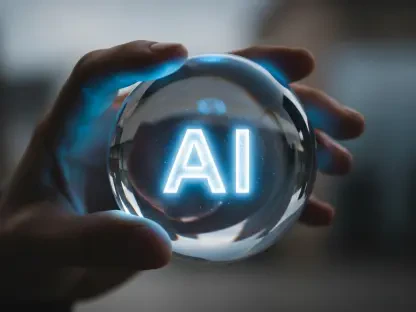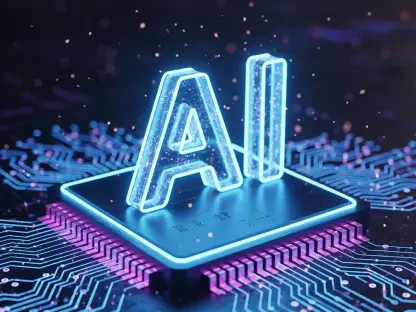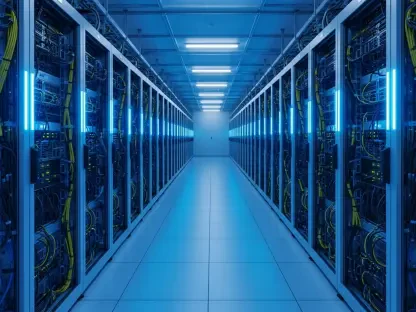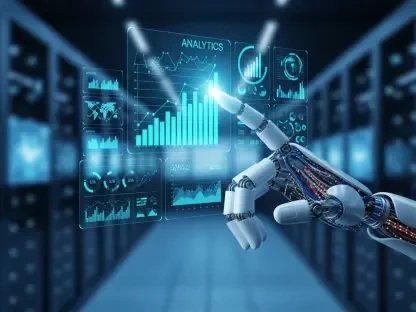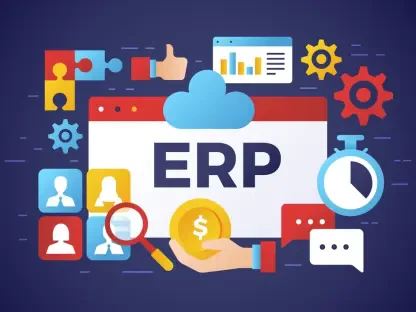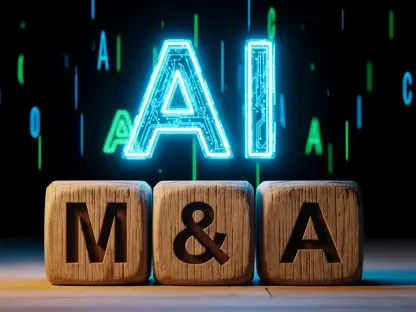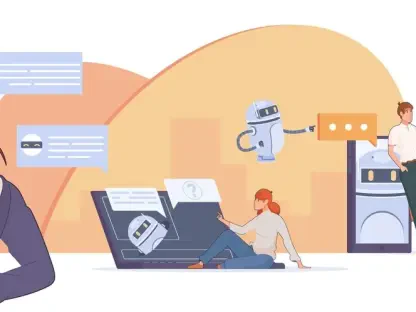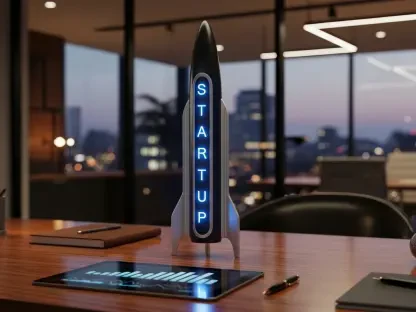As we venture further into the digital era, artificial intelligence (AI) is becoming more than a mere technological advancement; it is transforming the very fabric of jobs and industries. This transformation is evident across various sectors, from legal services to creative arts, where AI is not just automating manual functions but also enhancing cognitive processes. In doing so, AI propels a significant shift from a focus on physical labor to intellectual labor. Notably, companies like GitLab Inc. are at the forefront, accelerating initiatives like DevSecOps with AI-driven solutions. As AI continues to redefine work environments, it raises essential questions about the future of employment and industry innovation. Will AI ultimately replace human jobs, or will it create new opportunities that we have yet to envision?
AI’s Impact on the Global Job Market
Artificial intelligence has already begun to significantly alter the job market on a global scale. According to projections by Goldman Sachs, AI has the potential to eliminate or alter 300 million jobs worldwide. However, this doesn’t necessarily spell doom; rather, it suggests a dynamic shift will occur in the labor market. Automation, driven by advances in AI, is set to ignite waves of innovation that will likely lead to the creation of entirely new job categories. While some traditional roles may become obsolete, the emergence of AI-centric positions could balance the scales. Aneesh Raman from LinkedIn postulates that AI represents a turning point, forcing a reevaluation of human roles in the workplace. This reevaluation may necessitate a shift toward jobs that emphasize social skills, creativity, and other uniquely human attributes that machines cannot easily replicate.
A significant aspect of AI’s impact on the job market is the shift from manual to cognitive labor. In fields like law, education, and administrative assistance, AI technologies are assuming tasks that were previously the domain of human workers. From automating mundane paperwork to enhancing decision-making processes through data analytics, AI is freeing up human workers to focus on more strategic, intellectually demanding activities. Simultaneously, industries that heavily rely on creative arts are seeing AI as a collaborator rather than a competitor. For example, generative AI is being used to write articles, compose music, and even create artwork. This collaborative dimension underscores AI’s role in enhancing human creativity rather than replacing it.
The Evolution and Future of AI in Industries
The current evolution of AI mirrors historical technological advancements, such as the transition from large mainframe computers to sleek, modern tech. Thus, it is not surprising that AI is significantly transforming sectors like legal services, architecture, business operations, healthcare, and design. In these fields, AI is improving efficiency and operational capabilities. For instance, in healthcare, AI algorithms aid in diagnosing diseases faster and more accurately than human doctors, making timely interventions possible. In legal services, AI-driven research tools enable lawyers to sift through vast amounts of data quickly, finding relevant information in a fraction of the time it would take a human.
However, the benefits of AI are not without challenges. The rise of AI has contributed to income inequality, reflecting a broader trend where automation technology has been a significant factor in wage disparities over the past forty years in the U.S. High-skilled workers who can operate and manage AI systems are in high demand and command high wages, while low-skilled workers may find themselves displaced by automation. This dynamic underscores an urgent need for strategies that address the socioeconomic impacts of AI, including reskilling and upskilling programs to prepare the workforce for an AI-driven world.
Moreover, in the realm of software development, generative AI tools are revolutionizing the industry by significantly speeding up code development. These tools, which can write code based on a set of instructions or parameters, are reducing the time needed to produce software. As a result, developers can focus on more complex problem-solving and creative tasks, further pushing the boundaries of what can be achieved in the digital era. While these advances offer unprecedented opportunities for growth, they also pose challenges related to workforce displacement and economic disparity, emphasizing the need for balanced approaches to harnessing AI’s potential responsibly.
A Transformative Yet Challenging Future
Artificial intelligence (AI) is already making significant changes to the global job market. Goldman Sachs projects that AI could eliminate or change 300 million jobs worldwide. However, this doesn’t necessarily spell disaster; it points to a dynamic shift in the labor market. Advances in AI-driven automation are expected to spark waves of innovation, potentially leading to new job categories. While some traditional roles may become obsolete, the rise of AI-centric positions could provide balance. Aneesh Raman from LinkedIn believes AI marks a turning point, prompting a reevaluation of human roles in the workplace. This shift may require a focus on jobs that stress social skills, creativity, and other uniquely human attributes that machines can’t easily replicate.
A key aspect of AI’s impact is the shift from manual to cognitive labor. In fields like law, education, and administrative assistance, AI is taking over tasks previously done by humans. From automating paperwork to enhancing decision-making with data analytics, AI frees human workers to focus on more strategic activities. In creative industries, AI acts as a collaborator rather than a competitor, being used to write articles, compose music, and create art, emphasizing its role in enhancing human creativity.


